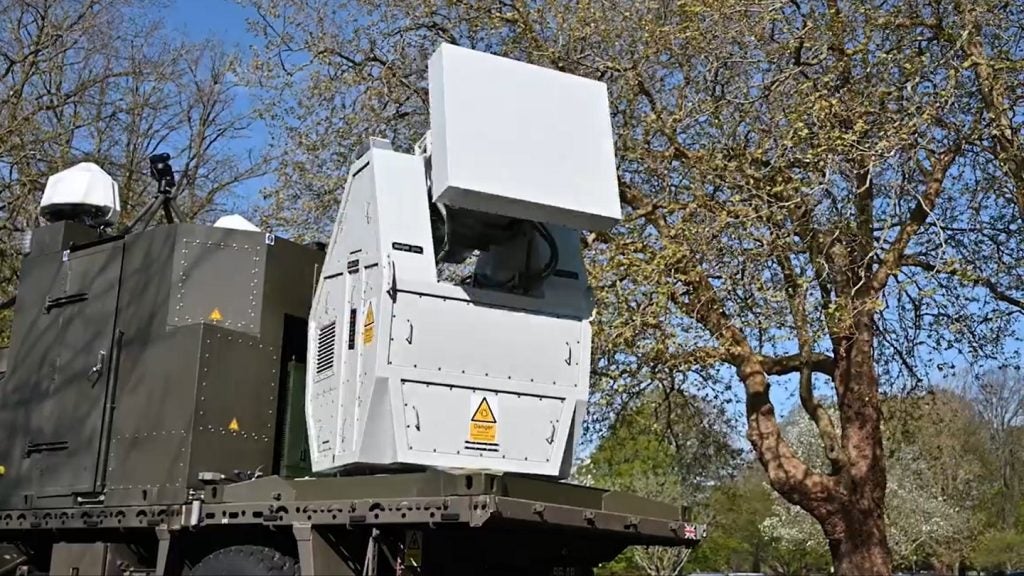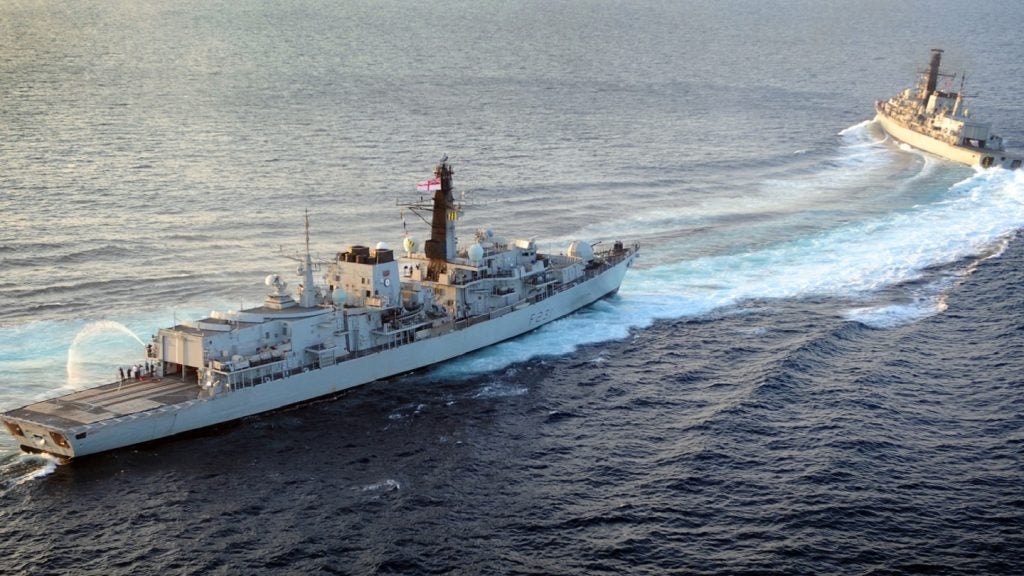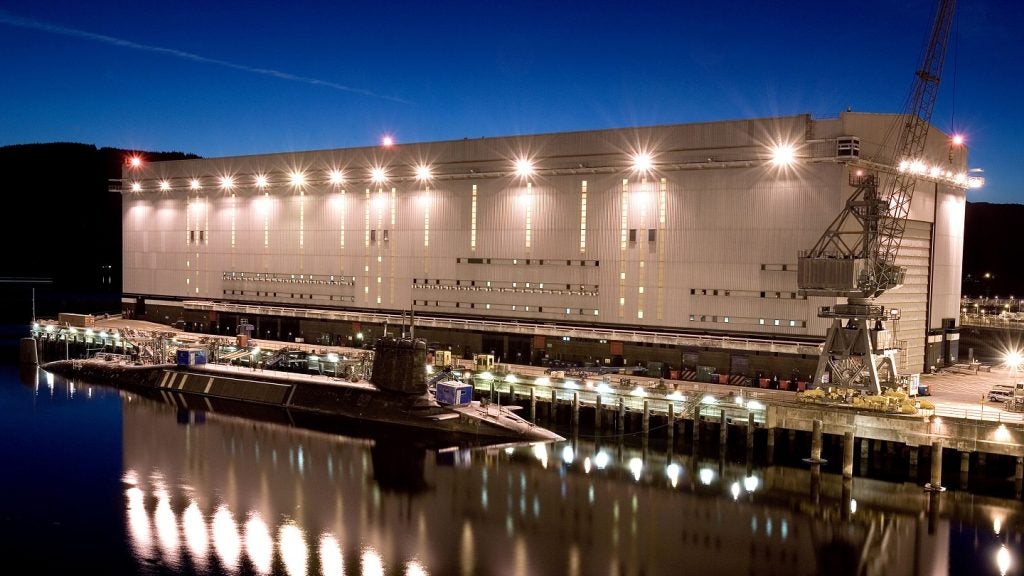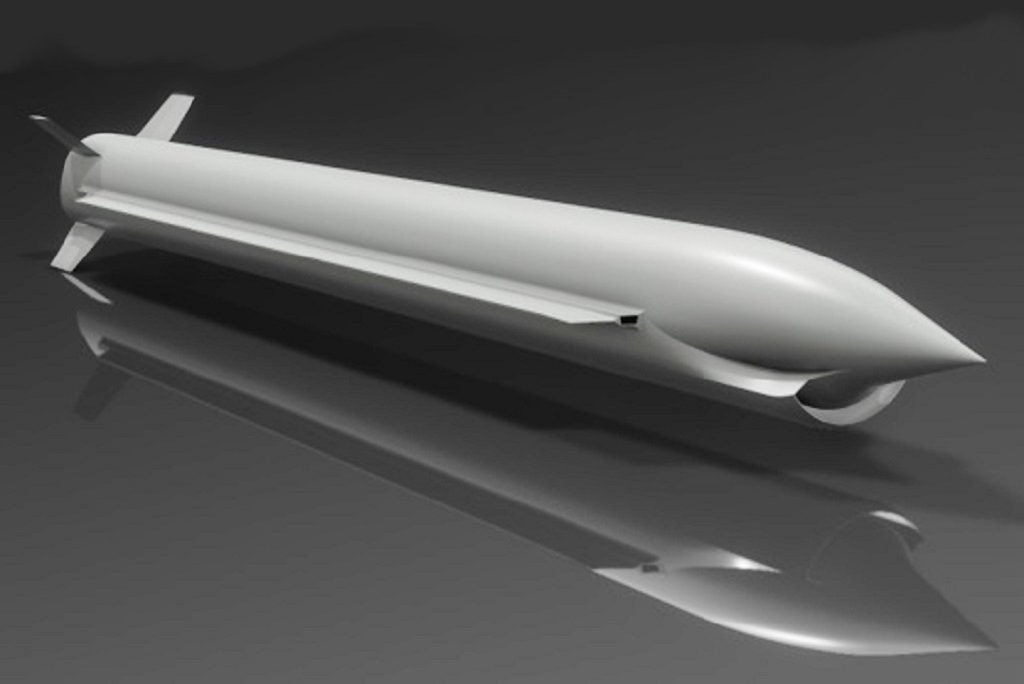
One the 50-year anniversary of Joint Amphibious Force, the UK and the Netherlands announced they will jointly develop their new littoral Multi Role Support Ship (MRSS).
Signed by UK Defence Minister James Cartlidge and Dutch Defence Minister Kajsa Ollongren in Den Helder; both nations also agreed to further collaboration on amphibious exercises and training in future.
The future MRSS will be equipped with a sea to land strike capability, designed to operate in amphibious task groups – known as Littoral Response Groups – deploying marines to global crises, fully equipped with their vehicles, boats, aircraft, and weaponry.
Their Statement of Intent will see the partner nations working together to understand respective joint requirements and expected timelines for the MRSS and landing platform, to help assess whether a collaborative procurement programme would be mutually beneficial.
“To remain a truly global military, we must procure the right equipment at the right time for our armed forces. The future Multi Role Support Ships will ensure the Royal Marines can continue to deploy overseas fully equipped at short notice,” Cartlidge stated.
The rise of littoral areas
According to a Royal United Services Institute (RUSI) paper, published in 2019, on the requirements for the UK’s plans for littoral strike forces, the think tank noted:
How well do you really know your competitors?
Access the most comprehensive Company Profiles on the market, powered by GlobalData. Save hours of research. Gain competitive edge.

Thank you!
Your download email will arrive shortly
Not ready to buy yet? Download a free sample
We are confident about the unique quality of our Company Profiles. However, we want you to make the most beneficial decision for your business, so we offer a free sample that you can download by submitting the below form
By GlobalData“The clustering of vital economic infrastructure and countries’ demographic centres of gravity in littoral areas will make the ability to achieve sufficient control of key points in the contested littoral particularly salient in this form of limited aims warfare.”
This paper details how the need to operate in the nearshore area is being challenged by the spread of anti-access area denial created by a mix of precision-strike weaponsand intelligence, surveillance and reocnnaissance that make traditional amphibious assaults more difficult. It adds that in a combat a situation further operations in a region would require a littoral force to successfully overcome these challenges.
Capability trumps enormity
Global naval warfare has witnessed a paradigm shift over the last decade, according to GlobalData’s report on ‘The Global Naval Vessels and Surface Combatants Market, 2023-2033’.
Navies worldwide are increasingly concentrating on the procurement of smaller vessels with enhanced weapon systems and sensor suites to reduce acquisition and operational costs without compromising their fleet capabilities.
This has motivated governments around the world to spend more on smaller surface combatants capable of operating in littoral waters and focus on equipping them with advanced electronic warfare and communication systems that enable these ships to perform multiple types of missions.
GlobalData projects UK spending on electronic warfare in naval platforms to increase from $55m to $96.2m in 2027; while global spending is expected to increase at a compoundannual growth rate of 4.2% between 2022 and 2032.
Navies are also working on modular ship designs to reduce the acquisition and operational costs of vessels. The joint development of the future MRSS will certainly ensure that the vessel follows Nato standards for interoperability and the strengthening ties between the UK and the Netherlands; which is an objective outlined in the UK Integrated Review Refresh to strengthen ties with partners across Europe.







